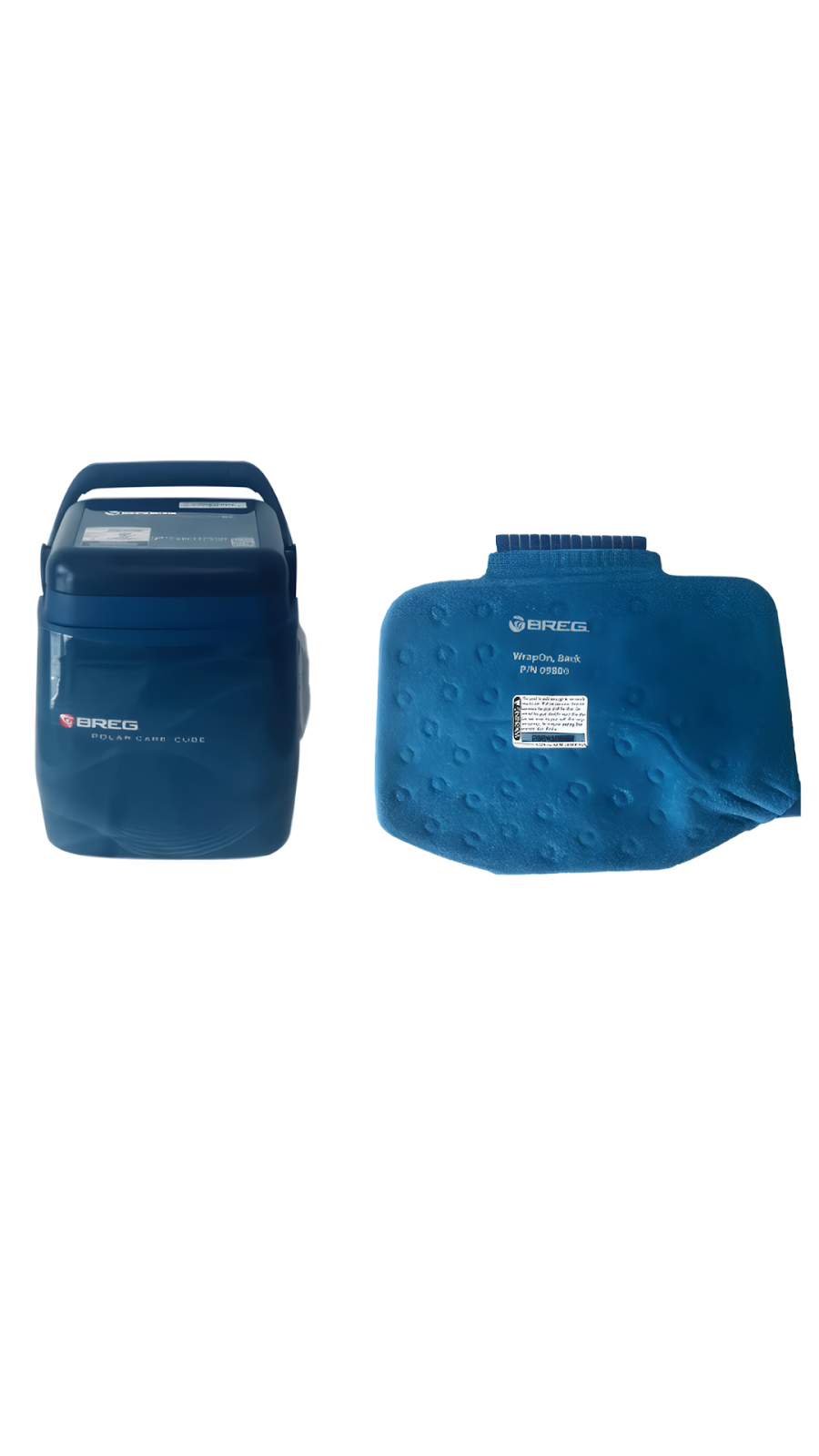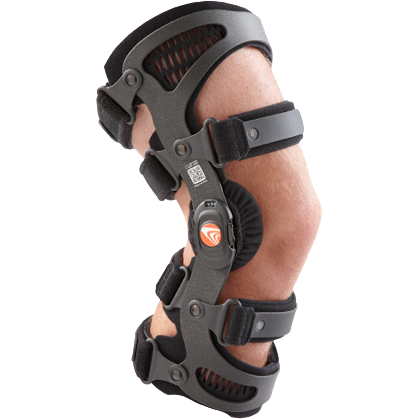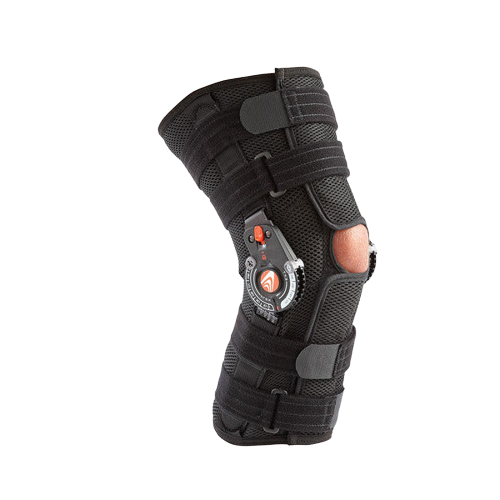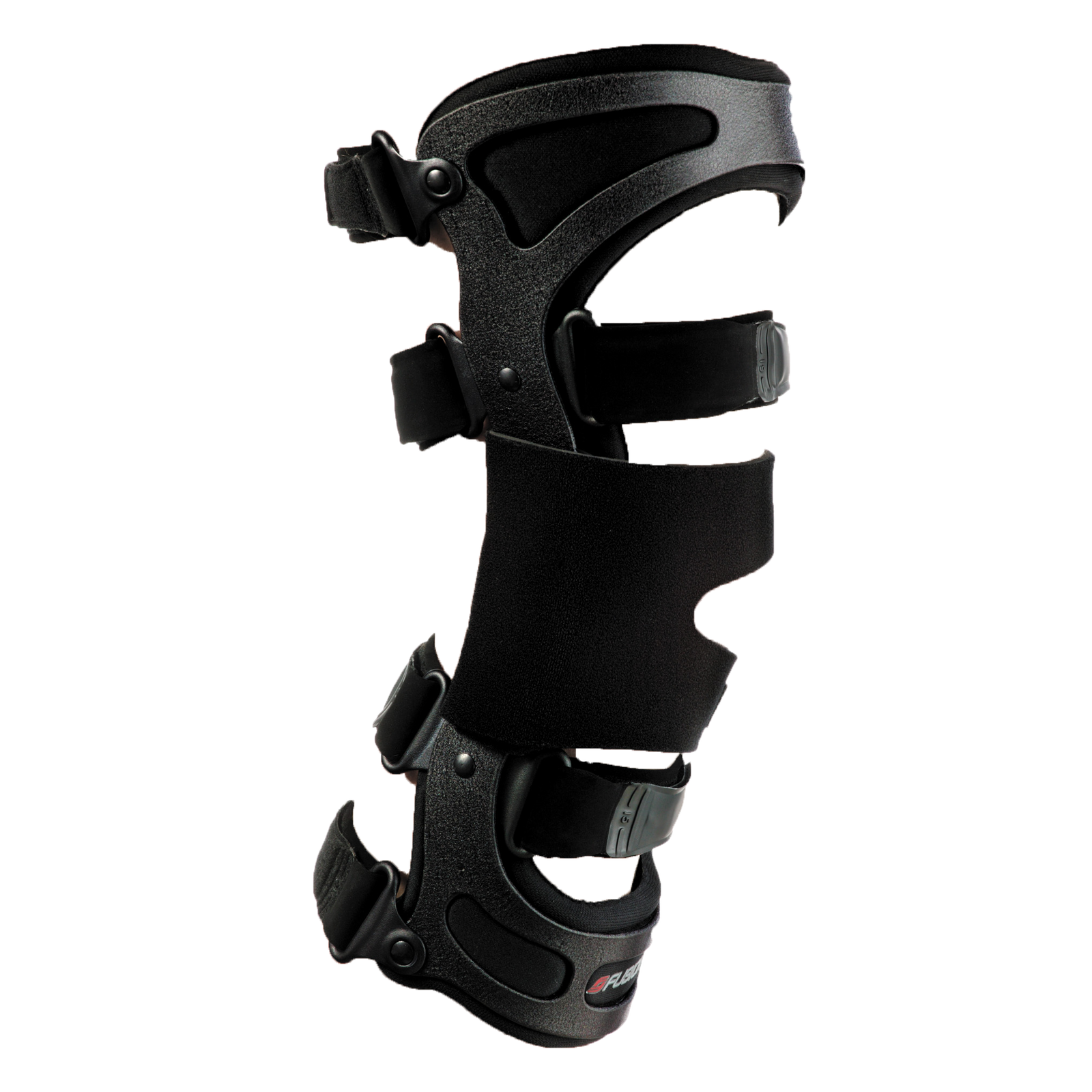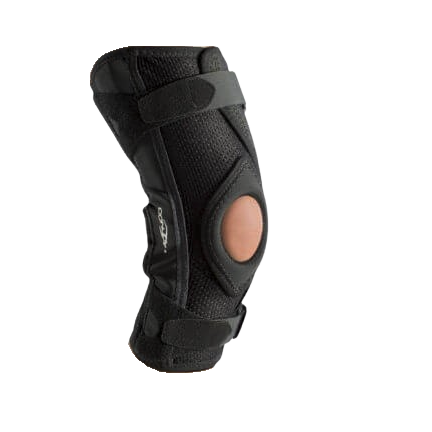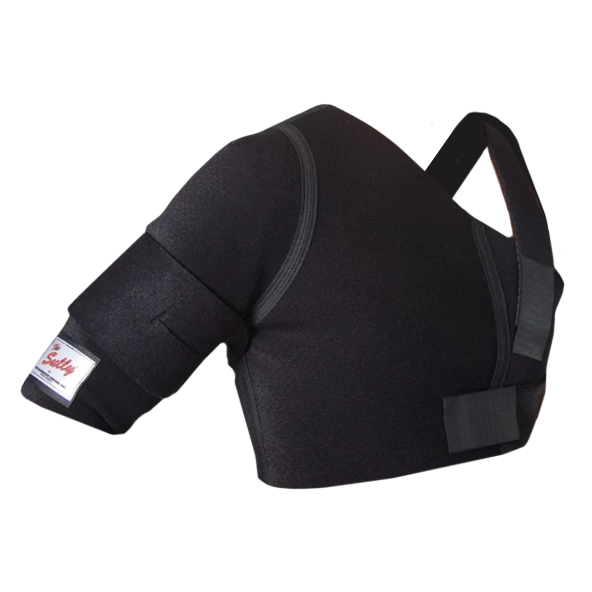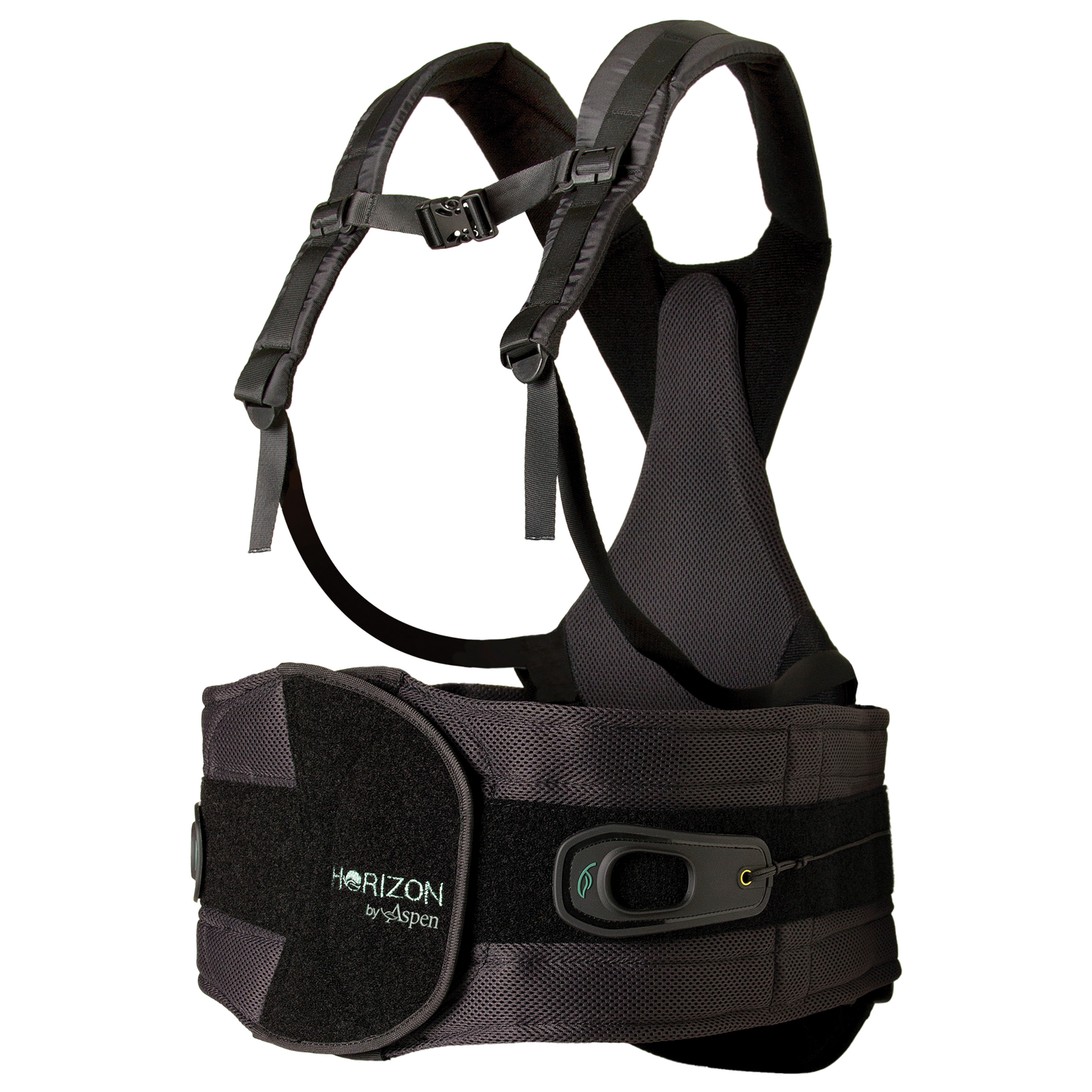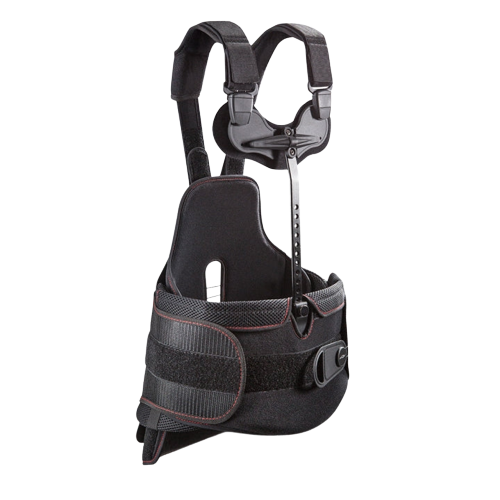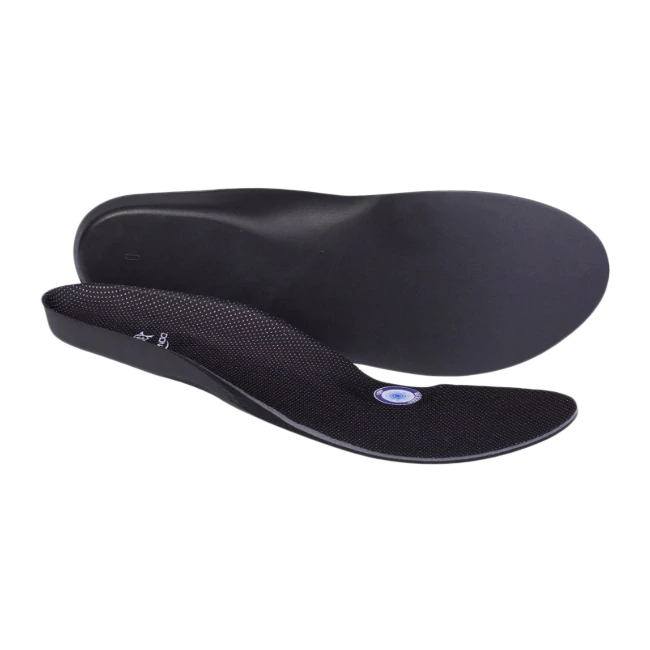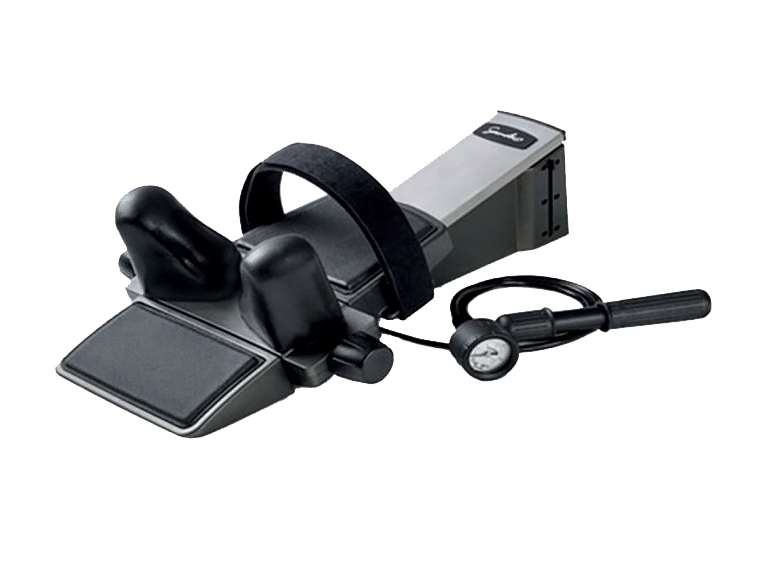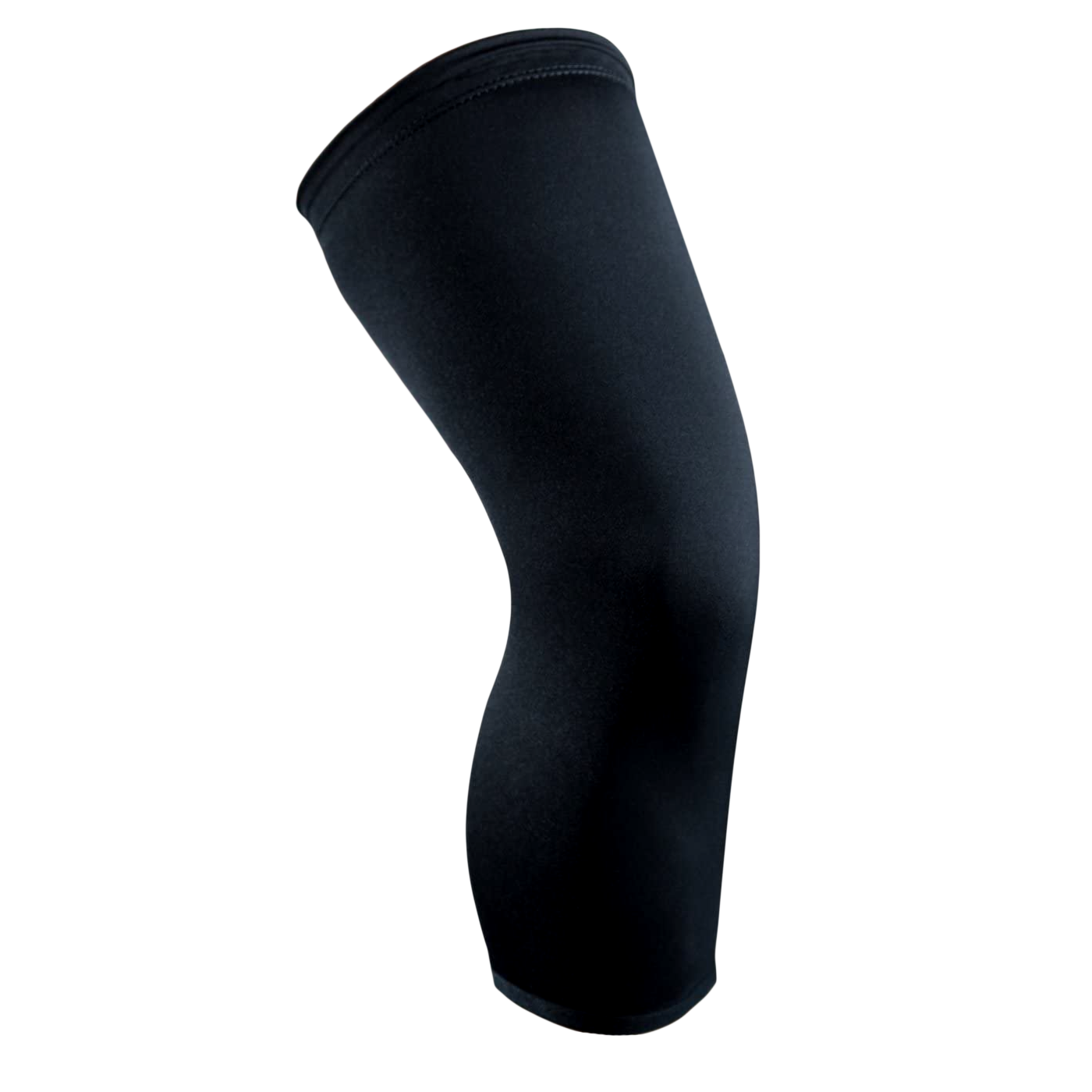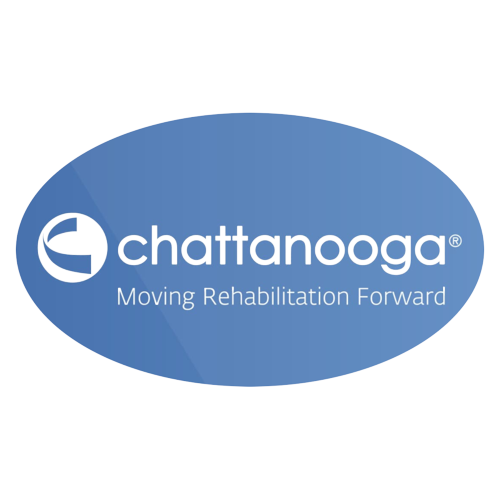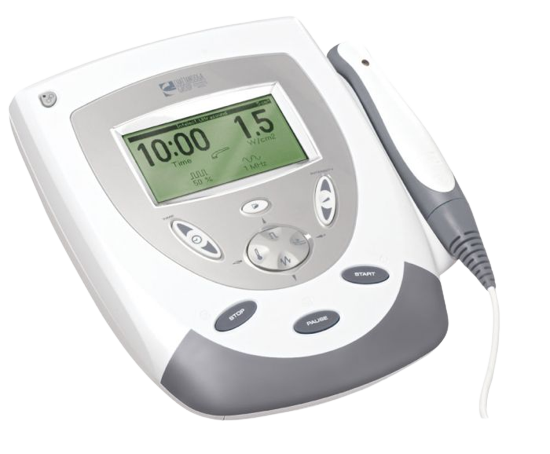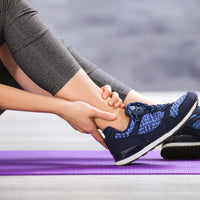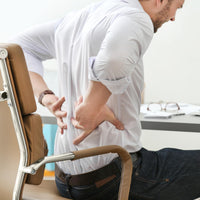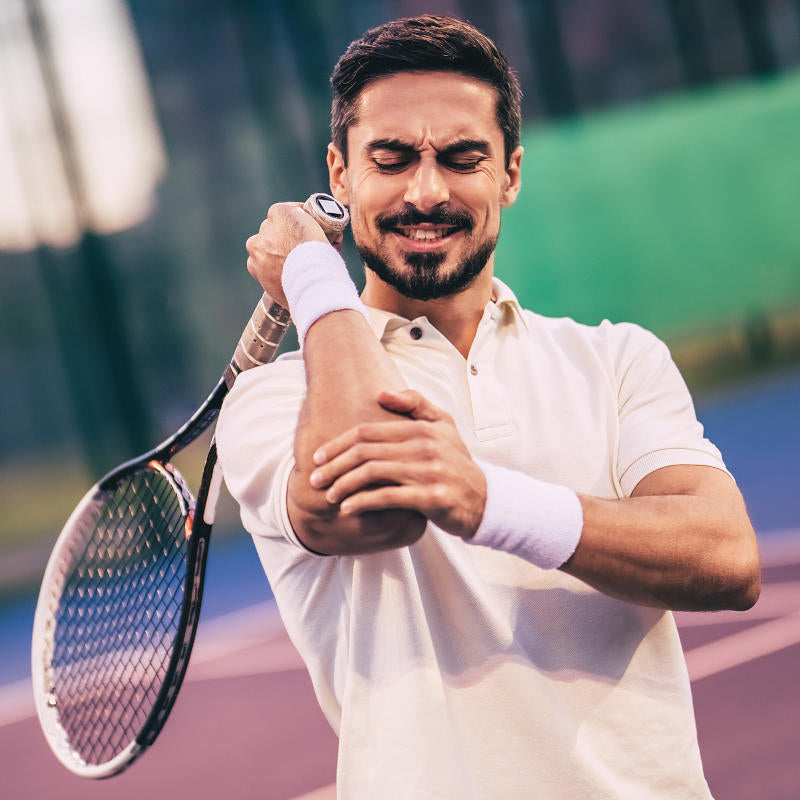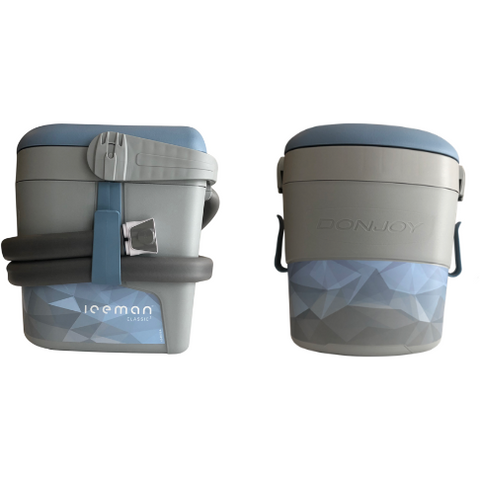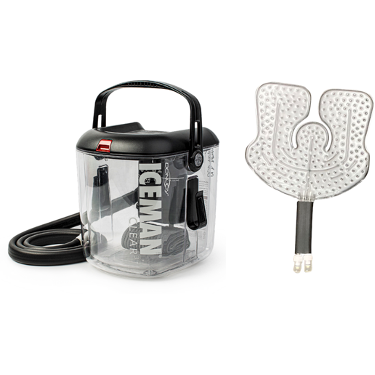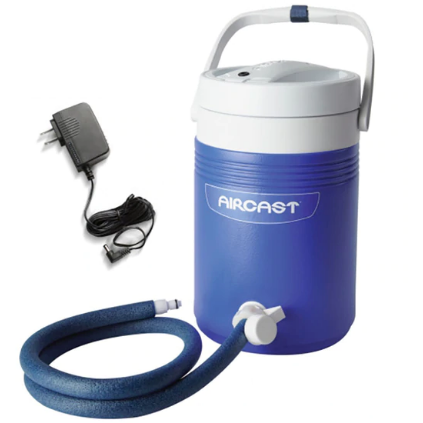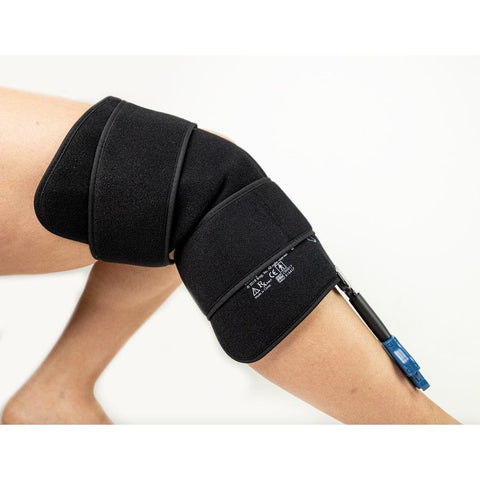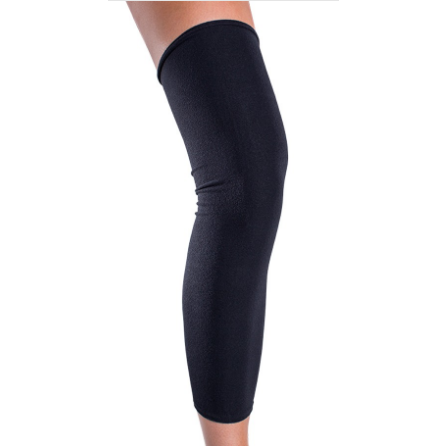
Many types of surgical procedures result in swelling - it’s part of the body's natural response to the trauma of the surgical procedure. However, it can also cause discomfort, limit mobility, and slow down your recovery. Therefore, it’s important to manage swelling in order to ensure a comfortable and speedy recovery.
In this article, we will discuss how to reduce post surgery swelling to make your recovery as fast and comfortable as possible.
An Explanation of Why You Deal With Swelling Post Surgery
Swelling that occurs after surgery is often referred to as postoperative edema. The most common cause of postoperative edema is inflammation - the body’s natural response to the physical trauma that surgery causes the body’s tissues and cells. The body’s inflammatory response is part of the healing process and results in swelling, redness, soreness, and heat.
Another cause for postoperative edema may be an accumulation of fluid. Some surgeries disrupt the flow of lymphatic fluid, which can lead to lymphatic fluid accumulating in the affected area, resulting in swelling.
Other reasons for swelling post surgery may relate to the position of the body during surgery, the use of anesthesia during surgery, immobility after surgery, or how much bleeding occurred during surgery.
How Long Does Swelling Take to Go Down After Surgery?
Everyone’s body reacts a bit differently to surgery, and some surgical procedures cause more swelling and inflammation than others. Therefore, it can be tricky to pinpoint how long swelling will take to go down after surgery.
Typically, the inflammatory response that causes post surgery swelling begins immediately after the surgery. Many surgical patients see swelling on the same day or the day after their surgery. Swelling typically peaks within 1-2 weeks, and then slowly subsides. Depending on the type of surgery, some patients still experience minor swelling up to six weeks after their surgery.
How to Reduce Post Surgery Swelling Fast
While swelling is a natural part of the body’s healing process, there are steps you can take to reduce the amount of swelling after surgery. Let’s take a closer look at how to reduce post surgery swelling.
Invest in a Cold Therapy Machine
Cold therapy (sometimes called cryotherapy) reduces blood flow and inflammation. While there is some benefit to applying ice to the affected area, it’s much more effective to invest in a cold therapy machine. These machines are commonly used in hospitals and by physiotherapists and are now also available for in-home use.
So, what is a cold therapy unit, and how is it used? A cold therapy machine can be used on specific areas of the body (wherever the surgery was performed) to reduce blood flow and swelling, resulting in a faster, more comfortable recovery. It’s usually a small, portable device that is filled with ice and cold water. The ice water then runs through tubing to a pad that’s covering the affected area.
Before investing in a cold therapy machine, it’s important to understand when to use cold therapy vs heat therapy, as well as how long to use cold therapy after surgery. If you are a good candidate for cold therapy, a cold therapy machine is a simple, effective solution for how to reduce post surgery swelling.
Elevate the Affected Area
If your surgery was performed on an area of your body that you can elevate, like an arm, leg, or neck, this can also reduce swelling. Elevating the area helps to drain fluid away from the affected site, reducing the amount of swelling in the area. It’s important to raise the area above the level of your heart, or else it will be difficult for the fluid to drain away. Elevation is a popular tactic for how to reduce swelling post surgery.
Consider Compression Therapy
Another tip for how to reduce swelling post surgery is to use compression therapy. Compression therapy involves applying pressure (usually in the form of a compression sleeve, sock, bandage, or other wrap) to the area of the body where surgery was performed. This compression pushes the blood and lymphatic fluid away from the affected area, reducing swelling.
Take Prescribed Medication (Carefully)
If you’re wondering how to reduce swelling post surgery with medication, there are a few options. Of course, you need to discuss medication with your doctor - they may be able to provide a prescription based on your specific situation, the type of surgery you had, and potential interactions with other medications you are taking.
Non-steroidal anti-inflammatory drugs (NSAIDs) are often used by patients after surgery as they reduce swelling, soreness, and pain. Common NSAIDs include aspirin and ibuprofen.
Get Moving Whenever Possible
Movement helps to reduce swelling post surgery by preventing blood and lymphatic fluid from pooling in the affected area. Although patients are usually advised to rest after surgery, it’s good to move about whenever you are able to, as long as it doesn’t cause pain or go against your doctor’s advice.
Stay Hydrated & Nourished
You might think that drinking more water could actually make your swelling worse, but in fact the opposite is true. When we are dehydrated, our bodies retain fluid in our tissues, leading to swelling. By staying hydrated, you are flushing fluid out of the affected area, reducing swelling.
A healthy diet can also play a role in reducing swelling after surgery. Eat plenty of fruits and vegetables, and try to avoid sodium and salty foods as much as possible.
Now That You Know How to Reduce Swelling Post Surgery, Get Your Recovery Essentials at Ortho Bracing!
So, we’ve learned how to reduce swelling post surgery, but wouldn’t it be great if you could find a passionate healthcare partner that offered support, tips, and amazing products to help you reduce swelling and recover faster after your surgery? Ortho Bracing may be just what you’re looking for!
Ortho Bracing is a family-run business on a mission to help surgical patients recover as smoothly and quickly as possible, using natural solutions and products to aid them along the way. The Ortho Bracing team has seen and tested hundreds of different products, and sells only the ones which they have seen work for patients first-hand.
Which Cold Therapy System is Right For Me?
There are a lot of different cold therapy systems available today, so it can be tricky to know which one is best for your needs. One of the most popular brands is Breg, which offers a number of high-quality devices. The Breg Polar Care Glacier Cold Therapy Unit is the largest, with a water capacity of 11 quarts meaning a patient can enjoy up to 13 hours of cold therapy.
The Breg Polar Care Kodiak Cold Therapy Unit is a battery-operated option, making it the most versatile and portable cold therapy system on the market. The Breg Polar Care Wave Cold Therapy System is a motorized machine, perfect for patients wondering how to reduce post surgery swelling. Y
ou can also purchase optional pads for specific areas, like shoulders, knees, ankles, and more. The Cube is a smaller option, and can provide four to six hours of cold therapy. Visit the Ortho Bracing website to find a Breg Polar Care Cube for sale.
Another option is to use a Donjoy Ice Machine. The Donjoy Iceman Clear Machine uses Donjoy’s patented dual pump recirculation technology and has a clear cooler, so it’s easy to see when you need to add more ice. The Donjoy Iceman Classic 3 offers highly controlled delivery of cold therapy to speed up recovery after surgery and reduce swelling. Learn more about Donjoy vs Breg here.
Some patients also opt for an Aircast Ice Machine, complete with Cryo Cuff attachments which combine cold therapy and compression therapy to reduce swelling after surgery.
Tips for Starting Cold Therapy
So, not only is cold therapy good for you, but cold therapy machines are specifically designed to reduce swelling after surgery. So, how do you get started with a cold therapy machine, and how to reduce swelling post surgery with cold therapy?
Cold therapy is most effective for reducing swelling when it’s started immediately after surgery. Once your swelling has subsided (typically between 3-6 weeks after surgery), it’s usually a good idea to reduce the amount of cold therapy you’re doing. If you’re wondering how long to use Breg Polar Care Cube and other cold therapy machines, talk to your doctor about your specific case.
When it comes to using your cold therapy machine, it’s best to set it up before your surgery, so you can make sure you understand how to use it, you have everything you need, and it’s all ready to go once your surgery is complete. Make sure you empty and dry the machine after each use, and periodically clean the tubing pump, and other components.
Final Thoughts on How to Reduce Post Surgery Swelling
Hopefully, this article has helped you understand how to reduce post surgery swelling using a cold therapy machine and other techniques like elevation, compression, and hydration. If you’re preparing for a surgical procedure, now is the perfect time to invest in a cold therapy machine. These devices are specifically designed to make you more comfortable during your recovery and speed up the overall recovery process.
Get your Breg Orthopedic Products or other post-surgery essentials today!

